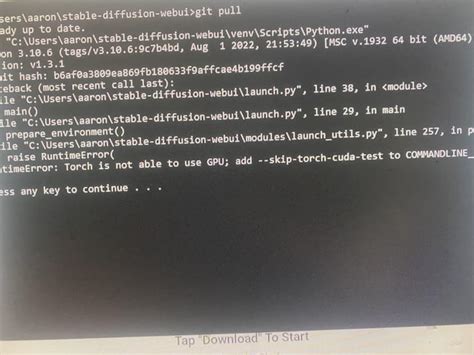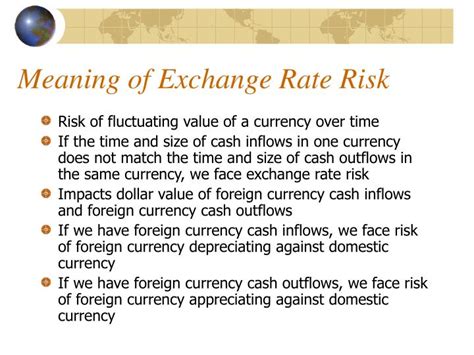The Future of Cryptocurrency Privacy: Trends and Tips

As the world becomes more and more interconnected with cryptocurrencies, concerns about data security and privacy are on everyone’s minds. With governments and institutions looking to regulate or even ban cryptocurrencies altogether, it is essential to stay informed about the current state of cryptocurrency privacy and explore new trends and strategies to protect your digital assets.
The Current State of Crypto Privacy
In recent years, cryptocurrencies have gained significant popularity as a means of storing value and transacting. This newfound acceptance, however, has been accompanied by concerns that sensitive information could be compromised by hackers or third parties seeking to exploit vulnerabilities in the system. To mitigate these risks, several factors contribute to the current state of cryptographic privacy:
- Decentralized Architecture: Cryptocurrencies like Bitcoin, Ethereum, and Litecoin operate on a decentralized network, meaning there is no central authority controlling transactions. This structure inherently reduces the risk of data breaches.
- Open Source Code: Most cryptocurrencies have open source code bases, making it easier for developers to identify vulnerabilities and collaborate on bug fixes.
- Private Blockchains: Private blockchains provide an additional layer of security by limiting access to specific addresses or accounts.
Cryptocurrency Privacy Trends
Several trends are shaping the future of cryptocurrency privacy:
- Decentralized Finance (DeFi): DeFi platforms aim to create a more secure and transparent ecosystem for cryptocurrency lending, lending, and trading.
- Smart Contracts: Smart contracts enable the automation of complex transactions, reducing the need for intermediaries such as exchanges or payment processors.
- Zero-Knowledge Proofs: Zero-knowledge proofs allow users to prove their identity without revealing sensitive information about themselves.
Tips for Improving Cryptographic Privacy
To protect your digital assets and maintain their confidentiality:
- Use a Trusted Wallet
: Choose a well-known and secure wallet service, such as Ledger or Trezor.
- Enable Two-Factor Authentication (2FA): Enable two-factor authentication whenever possible to add an extra layer of security.
- Keep Your Software Up to Date: Regularly update your wallet and other software to ensure you have the latest security patches.
- Monitor Your Account Activity: Keep an eye on your transaction activity for suspicious patterns.
- Use Encryption: Consider using end-to-end encryption to protect sensitive information.
The Future of Cryptographic Privacy
While concerns about cryptocurrency privacy are valid, it is essential to recognize that the industry is rapidly evolving. New trends and technologies are likely to emerge to address these challenges:
- Blockchain Interoperability: The development of blockchain interoperability protocols will enable seamless interactions between different blockchain networks.
- Artificial Intelligence (AI) and Machine Learning (ML): AI and ML can be used to detect and prevent data breaches, as well as optimize cryptocurrency transactions.
Conclusion
The future of crypto privacy is complex and multifaceted. By staying informed about the current state of cryptocurrency and adopting best practices for security and privacy, individuals can have greater peace of mind as they navigate this rapidly evolving landscape.

